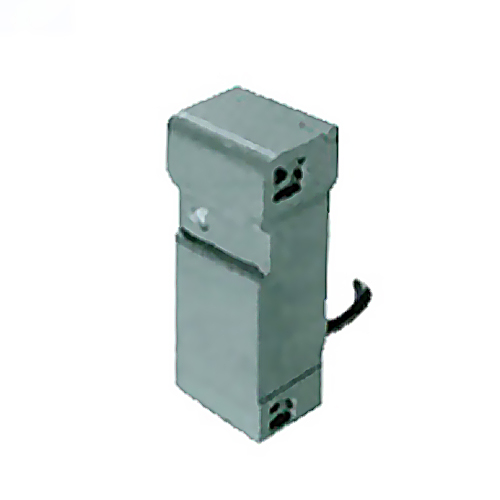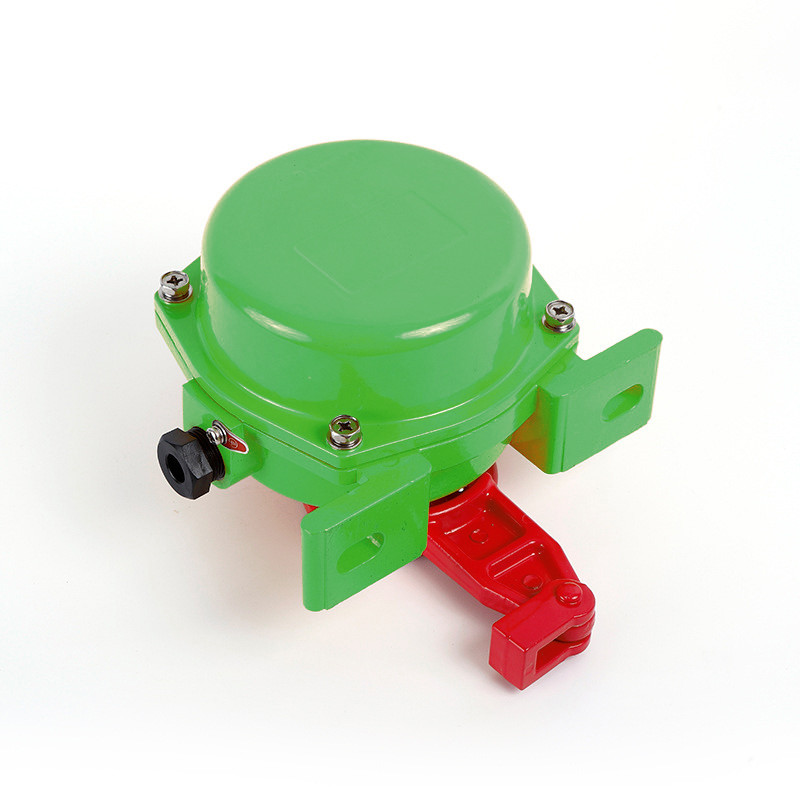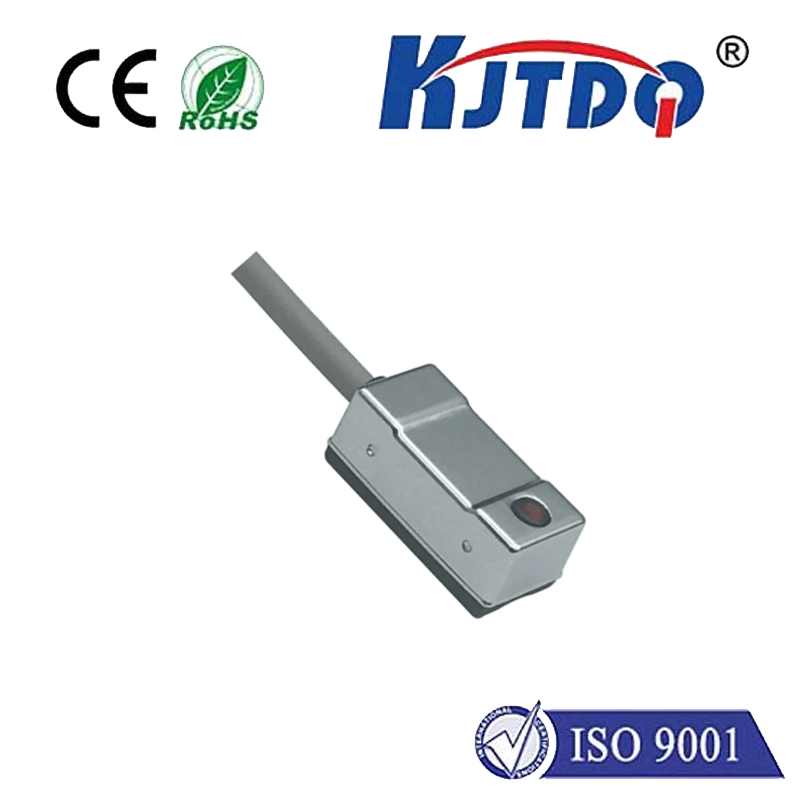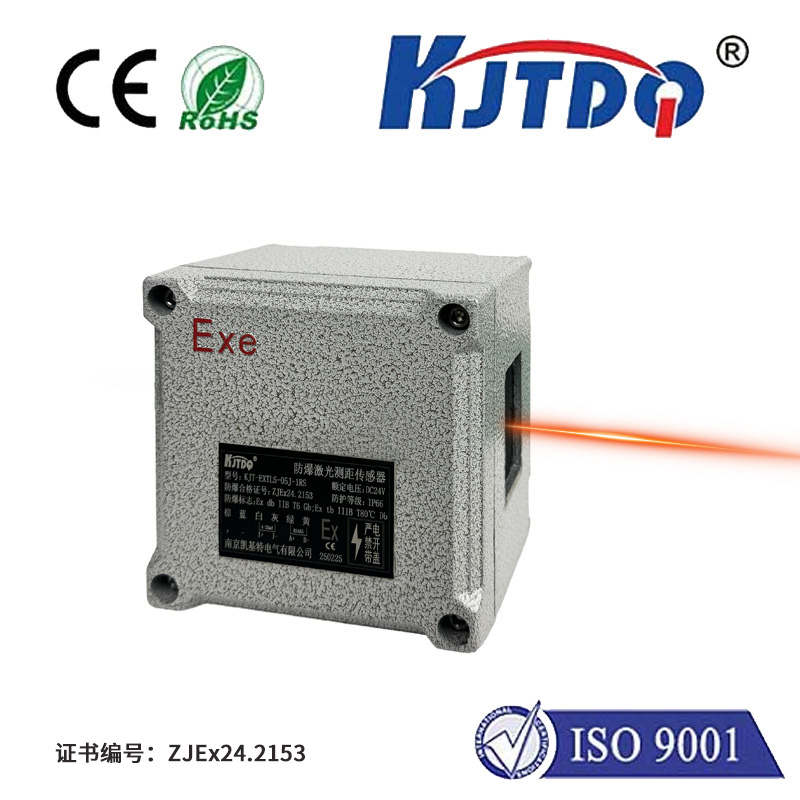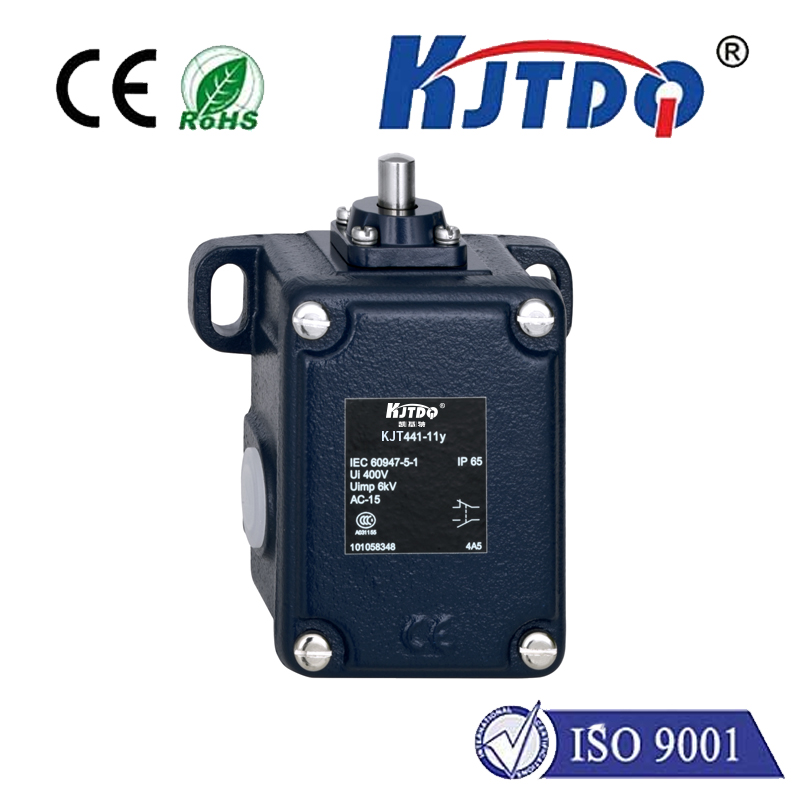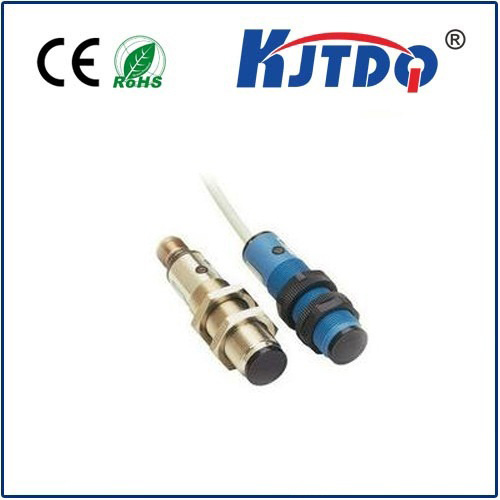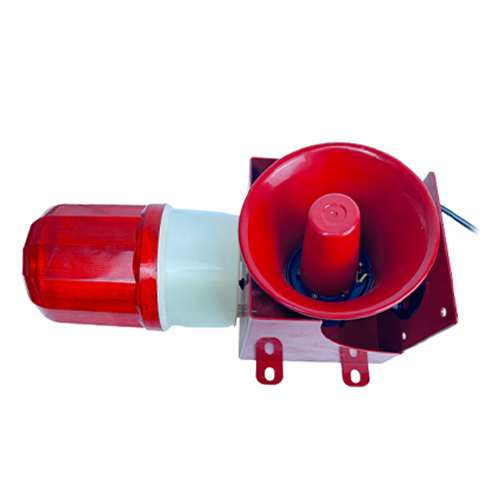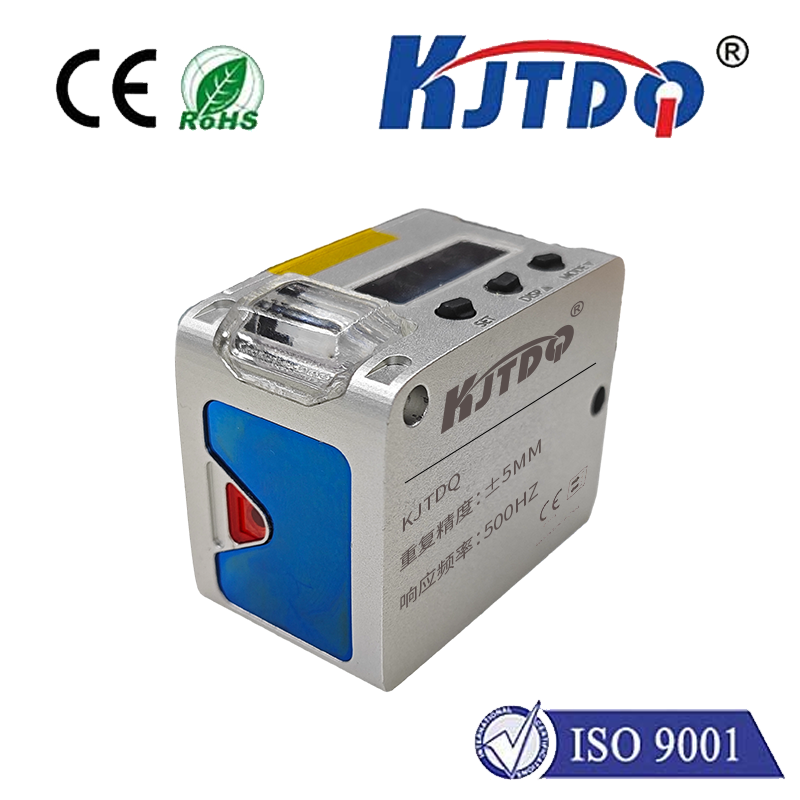

check

check

check

check

check

check

check

check

check

check
Title: Unleashing the Power of High Temperature Inductive Proximity Sensors In today’s technologically-driven world, industries are constantly seeking reliable and robust solutions for their operational needs. One such innovation is the high temperature inductive proximity sensor, which stands at the frontline of sensing technology advancements. These sensors are designed to operate under extreme conditions, making them indispensable in various high-temperature applications.
A high temperature inductive proximity sensor is an advanced electronic device that detects the presence of metallic objects within a certain distance without any direct contact. Unlike conventional sensors, these specialized devices are engineered to withstand extreme temperatures, often exceeding 200 degrees Celsius. This capability allows them to function reliably in environments where standard sensors would fail or become unreliable.
The fundamental principle behind an inductive proximity sensor involves electromagnetic fields. The sensor generates an oscillating magnetic field using an internal coil (the oscillator). When a metallic object enters this field, it disrupts the electromagnetic field, causing changes in the oscillation frequency. The sensor’s electronic circuitry detects these changes and converts them into an electrical signal, indicating the presence of the metal object. In high temperature settings, these sensors are constructed using materials with exceptional thermal stability. High-grade ceramics, special alloys, and robust sealing techniques ensure that the internal components remain functional, even when the external environment reaches scorching levels.
The versatility of high temperature inductive proximity sensors makes them suitable for a wide array of industrial applications. Here are some key areas where they excel:
Automotive Industry: In the manufacturing of automobiles, these sensors are used in high-temperature environments such as engine bays to monitor the position and movement of parts during assembly processes.

Aerospace: Aerospace engineering demands materials and components that can withstand the heat of re-entry and engine combustion chambers. High temperature sensors play a critical role in monitoring and controlling various mechanical elements.
Industrial Furnaces: In manufacturing plants dealing with metals and heavy industry, furnaces operate at extremely high temperatures. High temperature inductive proximity sensors are employed to control the movement of metal slabs and sheets with precision.
Oil and Gas Sector: Drilling operations and refineries involve exposure to harsh environmental conditions, including high temperatures. These sensors ensure the smooth functioning of machinery by accurately detecting the presence and position of metallic components.
Power Generation: In power plants, particularly those utilizing steam turbines and other heat-intensive technologies, these sensors help in monitoring and maintaining the efficiency of equipment exposed to high temperatures.
The adoption of high temperature inductive proximity sensors offers several distinct advantages over traditional alternatives:
Durability: Their ability to function in extreme heat makes them more durable and long-lasting, reducing maintenance costs and downtime.
Precision: These sensors deliver accurate detection results, which is crucial in high-precision manufacturing and processing environments.
Reliability: The use of high-quality materials ensures that these sensors continue to perform consistently, even under challenging conditions.
Versatility: With their broad operational temperature range, they can be deployed in a multitude of applications across various industries.
High temperature inductive proximity sensors represent a significant leap forward in sensing technology, providing unmatched reliability and performance in extreme conditions. As industries continue to evolve and demand more from their equipment, these sensors will undoubtedly play a vital role in driving innovation and efficiency. Whether in automotive, aerospace, or industrial applications, their ability to withstand high temperatures while delivering precise and consistent results makes them an invaluable tool in modern technological landscapes.
